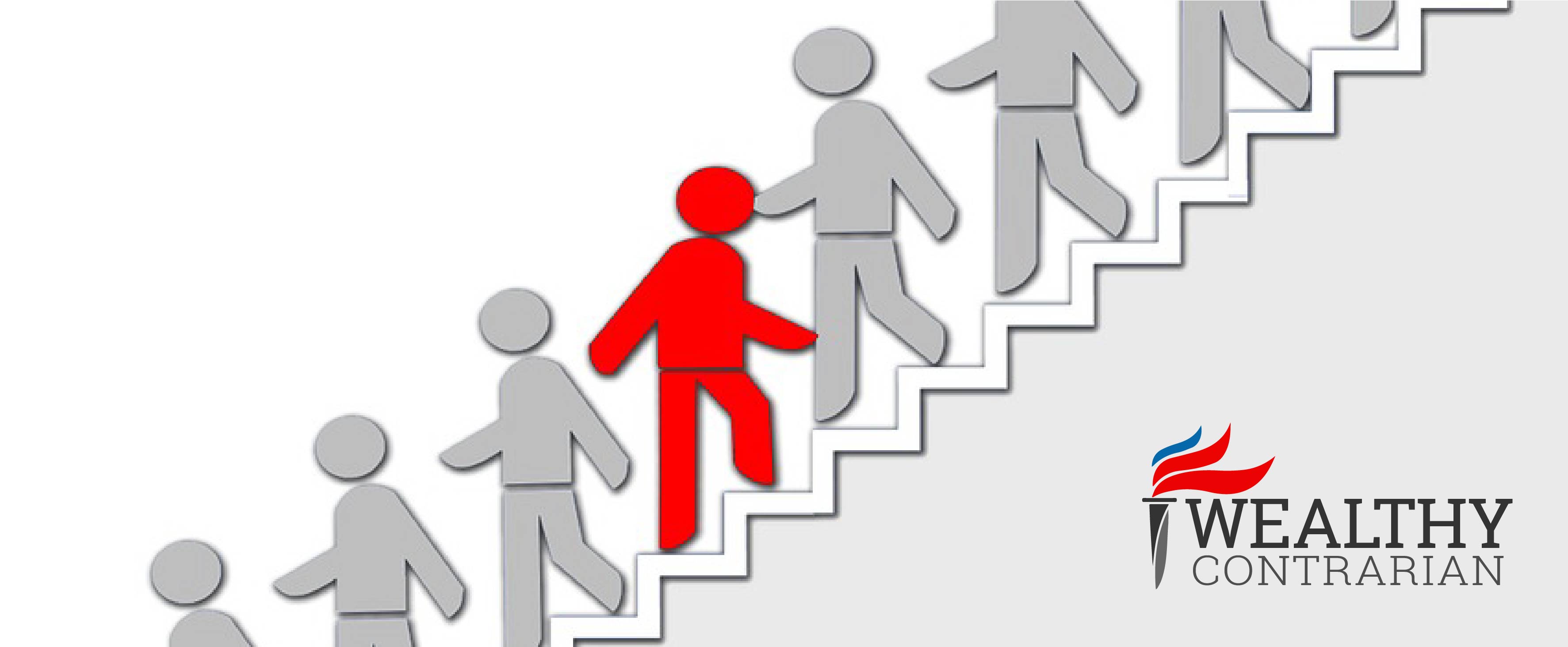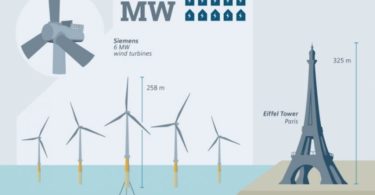This story was originally published here.
Georgia, South Carolina, and Florida have announced that they are loosening quarantine restrictions; at least 13 more states have announced plans or “roadmaps” to do more or less the same thing.
There's an urgent desire to get “back to normal” as quickly as possible because the social and economic devastation – record unemployment, more than 55,300 deaths, massive lockdowns, shrinking GDP, and of course the virus itself – of the coronavirus pandemic has been so profound.
And this has all happened in a little more than a month. People are understandably anxious to put all this behind them, myself very much included.
But the stakes of “normalcy” are higher than we're being told. The successful reemergence of people into the world will require far more than just repeated reminders to wash your hands and not touch your face.
Social distancing and limited interaction can slow the spread; there's mounting evidence in the United States and other countries that we've done precisely that. But it's far from clear how much those actions could really prevent widespread illness as lockdowns ease and stay-at-home orders are lifted.
Because it's very likely that we won't be truly “safe” until a proven treatment and effective vaccine are available.
The more we learn about this virus, the more we're aware of why its ongoing impact, and the “right” way to reopen the economy, remain so uncertain.
Here's what we do know:
- It's highly contagious. The virus seems to be more robust than many similar viruses – it lives for hours on droplets in the air and for days on most surfaces. Asymptomatic people carry and transmit it. And since it is a “novel” coronavirus, meaning this is the first time it has circulated among humans, we basically have no preexisting defenses.
- The virus is dreadfully and inexplicably selective. This means that similar people can contract the virus and one will have no symptoms, another will have mild symptoms, and yet another will have severe symptoms up to and including death. We know that there are risk factors for severity, like age, obesity, and preexisting conditions. But even within those subgroups, the virus acts very differently from patient to patient.
- Help from a vaccine that would immunize us is still a long way off. From the start, the “best-case scenario” estimate was 18 months for a vaccine. That leaves 16.5 months to go, but only if everything goes right, and we witness the fastest outcome in medical history.
- Right now, we have no proven therapeutic treatment for COVID-19 patients. This one is If you contract this virus, medical professionals can only treat symptoms and offer supportive care as the body attempts to rid itself of the virus. There is as yet no proven way to treat the underlying virus.
And that is precisely what we're going to talk about today. There's a tremendous amount of buzz and hype surrounding potential coronavirus therapies and vaccines right now.
Editor's Note: To keepreading, click here.
Watch this today (and it could help you become $2,918 richer)
To anyone currently invested, or interested in investments in the stock market, please read this carefully.
A software expert has created an algorithm that detects stock market trends with shocking accuracy.
The software system that utilizes this algorithm has been designed to account for market indicators so subtle, that most people do not even know they exist.
In fact, this software is so accurate that it's original 1.0 version was bought by Charles Schwab for $20 million.
But the urgent news is as follows…
It's creator, Tom Gentile, is now giving common people who are invested, or interested in investing in the stock market, a rare chance to access the recommendations he finds using this system.
A system which allows you to circle a date on a calendar, and know, with at least 90% certainty, that you could cash in on that day.
To give an example of it's effectiveness, over 24 months this program's picks could've paid out $999,195.
The algorithm is extremely fast as well, and in this presentation, Tom will use it to make $1,050 in just 15 seconds.
This is because it's running 24/7, analyzing multiple sources of market data to track the aforementioned indicators, making it one of the most powerful investing tools ever created.
If you are seriously interested in learning about investing in the stock market, or how you could improve your current investment strategy, you should watch the demonstration below… it could change your life.







